Ce mois-ci, le public peut visionner Bane of the Beasts sur le réseau Planet Classroom. This film is curated for the Planet Classroom Network by Planet Classroom.
Bane of the Beasts from director Alexis Wong is a short, creative and fascinating fable that follows a young creature unlike any other in its herd.
Through Brooke Heatley’s narration and the storybook-like visuals, the narrative illustrates the repercussions of being ostracized. The unique creature is rejected by the herd, but little do they know that it is meant for a far greater destiny.
La recherche globale pour l'éducation is pleased to welcome Alexis Wong.
Alexis, what were the main inspirations for the designs of the creatures in your film?
I’ve always liked animals from a young age, and I was always fascinated that mythology often mixes animals to make magical creatures, so all the characters are a blend. The Proud ones are inspired by crocodiles, ibexes, and abalone shells for the wing patterns. The Swift ones are a blend of deer, rabbits, and sheep. The Fierce ones took more inspiration from prehistoric creatures – primarily ancient rhino relatives and Archaeotherium.
I chose to make the cub look more canine since they are often pack animals and many people see dogs as friends – that helped make him into a relatable protagonist.
Why do you feel the themes of rejection and isolation the film touches on are important to share in the modern day?
Malheureusement, rejection and isolation are things all people will have to experience at some point in their lives. For those targeted by racism and gender discrimination, this is often for cruel and arbitrary reasons. But judgment is part of human nature, so it’s important to explore these difficult themes so we can learn how to navigate them constructively.
What do you feel is the strength of animation as a storytelling medium compared to other mediums?
The amazing thing about animation is that everything is fabricated. Contrairement à l'action en direct, there aren’t any physical limits to how you can build the scene, and there is a bigger suspension of disbelief when we view it. As a creator, this means you have far less limits on the kinds of stories you want to tell. And it can even enable storytellers to tackle difficult topics in a non-confrontational way, which was the goal of Bane of the Beasts.
What do you hope is the main takeaway viewers have from your film?
I originally intended the film to be a metaphor for people from different backgrounds, and serve as a warning against gatekeeping – because mixed ethnic individuals often experience rejection from all sides of their heritage. But I think the most crucial moral is relatable to everyone: True tolerance requires not only observing our differences, but highlighting the commonalities that unite all of us as people, regardless of our backgrounds. Aussi, regardless of how others may treat us, that is not what defines us. The rejection the King experienced no doubt shaped him, but he deliberately chose to show kindness to the baby during the credits. It’s our choices and our actions that truly determine who we are.
What are you currently working on?
At the moment I’ve taken a break from filmmaking, but I am working at a company that is creating a novice animation software for budding creators.
I also am in the process of producing some coloring books that include my characters, and I intend to convert my films into storybooks someday. En outre, I occasionally produce live-action shorts for the Youtube channel, «ChineseLionTamer".
Thank you Alexis!
C.M. Rubin and Alexis Wong
Ne manquez pas Bane of the Beasts, now streaming on the Planet Classroom Network. This film is curated for the Planet Classroom Network by Planet Classroom.

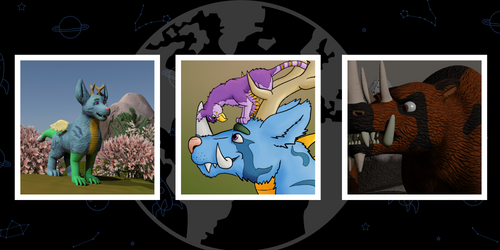
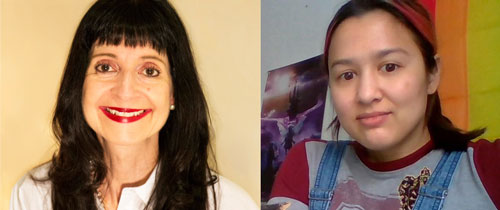
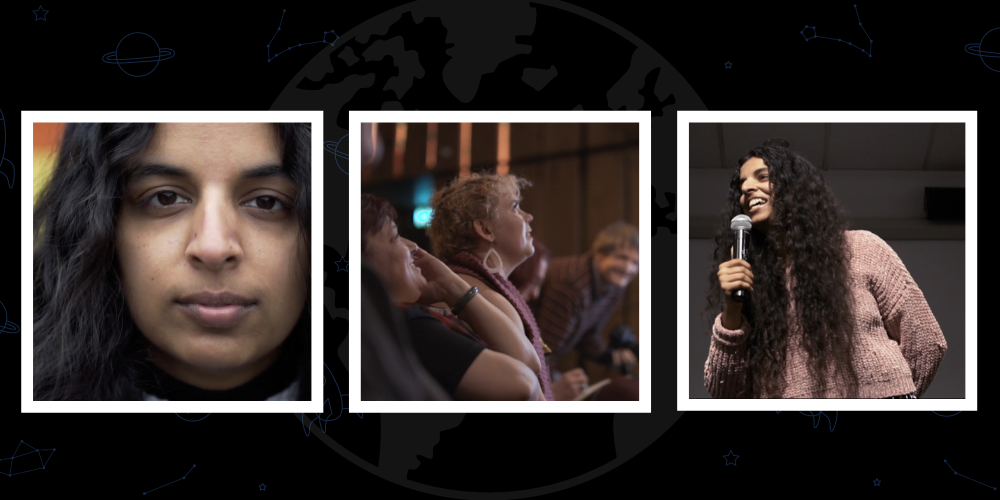

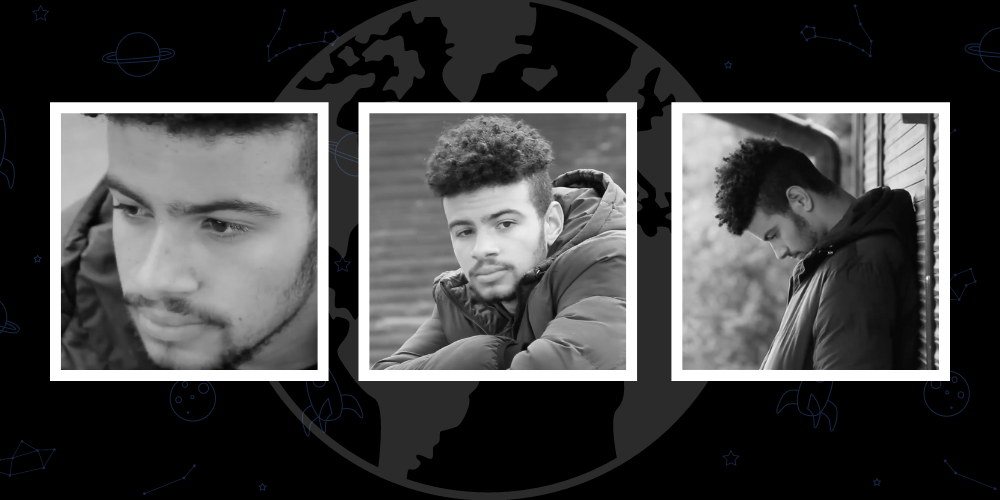
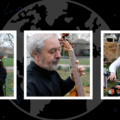
Commentaires récents